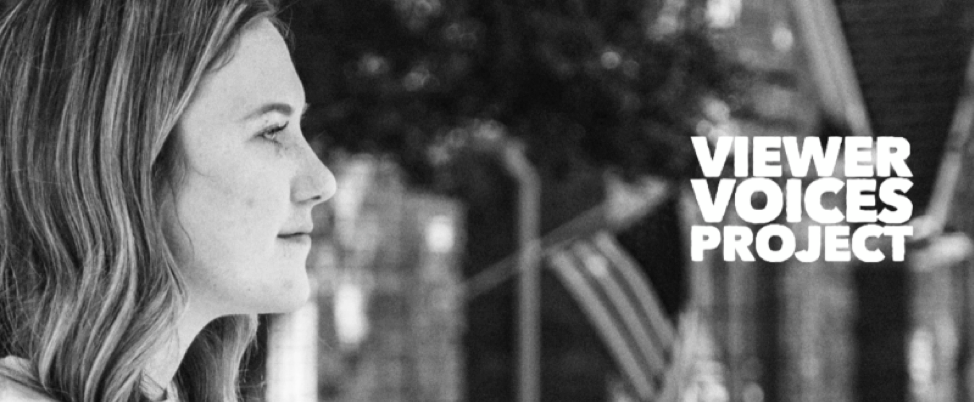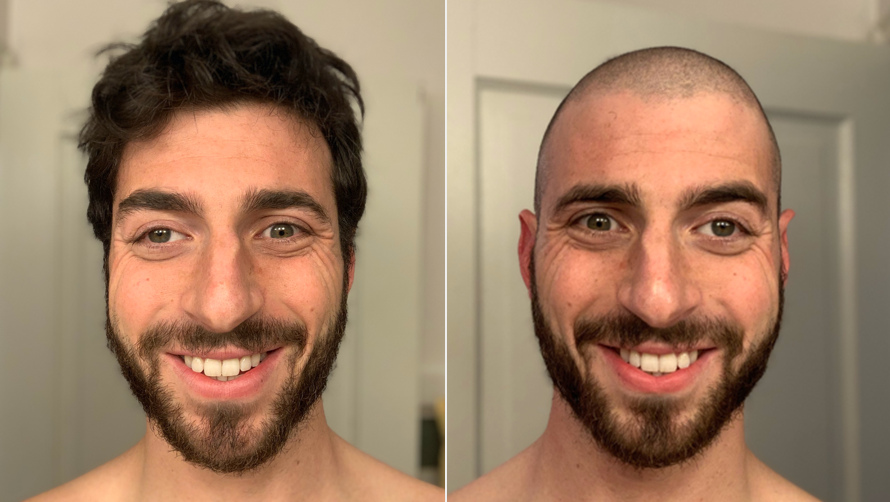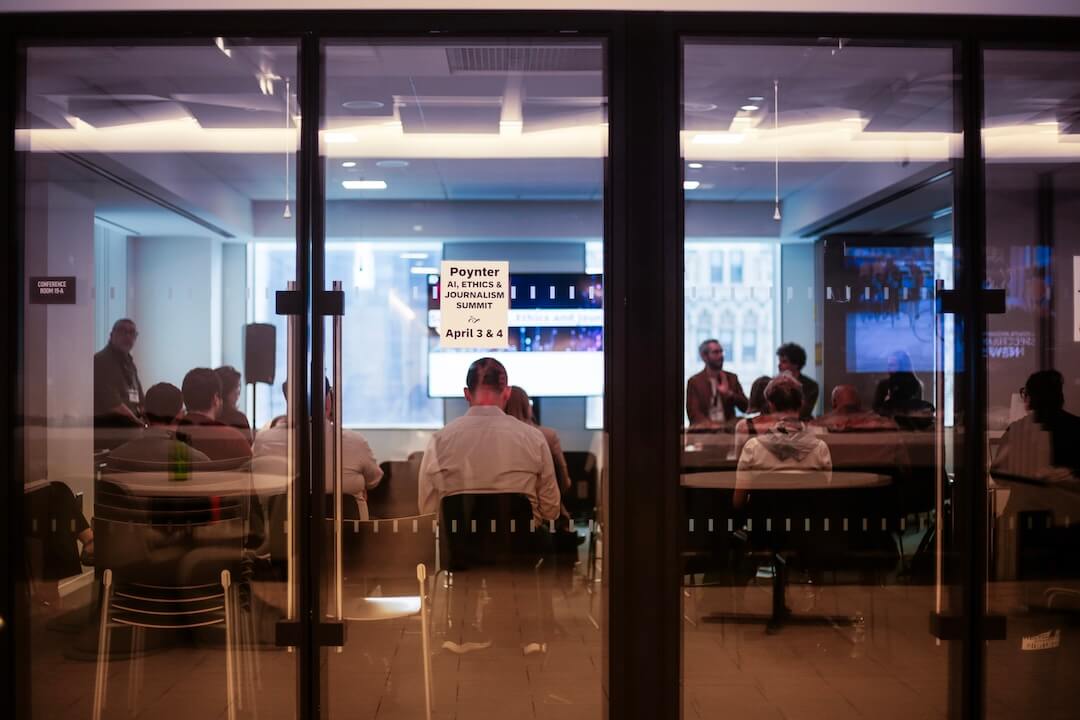 Covering COVID-19 is a daily Poynter briefing about journalism and coronavirus, written by senior faculty Al Tompkins. Sign up here to have it delivered to your inbox every weekday morning.
Covering COVID-19 is a daily Poynter briefing about journalism and coronavirus, written by senior faculty Al Tompkins. Sign up here to have it delivered to your inbox every weekday morning.
Two cats tested positive for COVID-19 in New York state
In some ways, it should not be a big surprise that two cats tested positive for COVID-19 in New York state. I have written in the past few weeks about how the virus was traced from human to feline in Europe and you recall that a tiger in New York City was apparently infected by a human handler.
While it is possible for humans to pass along COVID-19 to cats and maybe some other species (not dogs, so far) there are no known cases where cats have infected humans.
The two cats in New York had mild respiratory illnesses. The cats live in different parts of the state.
The Centers for Disease Control and Prevention said:
At this time, routine testing of animals is not recommended. Should other animals be confirmed positive for SARS-CoV-2 in the United States, USDA will post the findings. State animal health and public health officials will take the lead in making determinations about whether animals should be tested for SARS-CoV-2.
The CDC provided some details about the two new cases, which are interesting because they were quite different circumstances. One cat belonged to a COVID-19 patient, while the other cat did not live in a household with people with known COVID-19 infections (“known” is the key word here). The CDC said:
In the NY cases announced today, a veterinarian tested the first cat after it showed mild respiratory signs. No individuals in the household were confirmed to be ill with COVID-19. The virus may have been transmitted to this cat by mildly ill or asymptomatic household members or through contact with an infected person outside its home.
Samples from the second cat were taken after it showed signs of respiratory illness. The owner of the cat tested positive for COVID-19 prior to the cat showing signs. Another cat in the household has shown no signs of illness.
The CDC provided some guidelines for handling pets, including now keeping them six feet from other animals. Here they are:
Until we know more, CDC recommends the following:
- Do not let pets interact with people or other animals outside the household.
- Keep cats indoors when possible to prevent them from interacting with other animals or people.
- Walk dogs on a leash, maintaining at least 6 feet from other people and animals.
- Avoid dog parks or public places where a large number of people and dogs gather.
If you are sick with COVID-19 (either suspected or confirmed by a test), restrict contact with your pets and other animals, just like you would around other people.
- When possible, have another member of your household care for your pets while you are sick.
- Avoid contact with your pet, including petting, snuggling, being kissed or licked, and sharing food or bedding.
- If you must care for your pet or be around animals while you are sick, wear a cloth face covering and wash your hands before and after you interact with them.
[the_ad id=”667826″]
Sometimes in a pandemic, journalists should shut up and listen to the public
My friends in Dallas, WFAA-TV reporter David Schechter and photojournalist Chance Horner, are forever coming up with creative ways to tell complex stories. They have done it again with a weekly segment where they simply listen to viewer’s voices.
Schechter set up a phone line where people can call and talk about how they are doing and how they are dealing with uncertainty. It sounds too simple, too unfocused to be useful. But it is compelling TV.
David tells about a range of people he has heard, such as:
A grocery store manager who hasn’t seen her 16-year-old daughter in three weeks because she’s afraid she might get her sick. A nurse who cries on her way to work, worrying she’ll infect her family when she comes home. Unemployed workers exasperated by the busy signal at the unemployment office.
But there’s love and gratitude there, too …
A college student who, unexpectedly, finds herself back home and enjoying bonus time with her family. A woman in financial free fall whose landlord cut her rent by $700 a month. A senior citizen getting help from neighbors she didn’t know before.
I find these little segments to be quiet and real. They are not the hero stories, they are not the rah-rah, “we are all in this together,” predictable simplistic messaging.
We journalists talk too much.
These stories are a reminder that to find great stories, we have to be available to hear them.
Jails are feeding the COVID-19 crisis
Journalists, to help you cover the story of COVID-19 in jails and prisons, I will host a free webinar TODAY AT 2 P.M. EASTERN TIME. I have invited Marshall Project investigative reporter Joe Neff and senior data reporter Anna Flagg to join me. These two, along with their Marshall colleagues, have done a terrific job tracking the spread of COVID-19 through our jails and prisons and will offer ideas about how you can cover the story in your backyard. Sign up here.
You have covered the problem of the coronavirus spreading through nursing homes. You may not be paying attention to an even bigger source of the spread of the virus in your community — your local jail.
In Chicago, more than 500 COVID-19 cases have direct ties to the Cook County jail.
The Marion Correctional Institution in Ohio has documented nearly 2,000 inmates who have tested positive for COVID-19. That is 78% of the people being held there. That one corrections facility is believed to be the single largest source of the coronavirus in the United States.
In New York City, the Rikers Island jail has become the hottest hot spot in a city that has been the focus of national COVID-19 attention. The Economist reported:
Over the past month at least, the island has become a reservoir of the coronavirus. At least 362 people have been confirmed to have been infected, out of a total inmate population of 3,974. This is six times higher than the infection rate in the city as a whole. At least six prison staff across New York have died.
It is fairly easy to see why. The New England Journal of Medicine noted:
Half of all incarcerated persons have at least one chronic disease, and according to the U.S. Department of Justice, 81,600 are over the age of 60, factors that increase the risk of poor outcomes of infection. With limited ability to protect themselves and others by self-isolating, hundreds of thousands of susceptible people are at heightened risk for severe illness.
The federal prison system responded to COVID-19 by “locking down” 300,000 people. Nobody knows how long the lockdown will last. In the past, such lockdowns sparked prison riots.
The truth is most jails have no medical facilities to speak of, and smaller facilities have no medical staff. And even prison “hospitals” are more like infirmaries or clinics, not actual hospitals that perform the procedures you would commonly associate with a hospital.
One way to get the public’s attention might be to remind them that when people in jails and prisons get seriously ill, they are sent to local hospitals. The Marshall Project reported:
Coronavirus outbreaks behind bars have exposed a weakness of this system. Prisons do not have the ventilators some COVID-19 victims need, the Marshall Project’s reporting found. In fact, most prison agencies don’t have hospitals at all. For emergency care, they rely on the same local medical centers that treat their workers and neighbors.
The Marshall Project asked every state prison system how many ventilators it had at the ready. Of the 24 states that answered, only Texas said it had any.
In the New England Journal of Medicine, researchers recommend these steps to “flatten the curve” of COVID-19 cases in jails:
We need to prepare now, by “decarcerating,” or releasing, as many people as possible, focusing on those who are least likely to commit additional crimes, but also on the elderly and infirm;
Urge police and courts to immediately suspend arresting and sentencing people, as much as possible, for low-level crimes and misdemeanors;
Isolating and separating incarcerated persons who are infected and those who are under investigation for possible infection from the general prison population; hospitalizing those who are seriously ill; and
Identifying correctional staff and health care providers who became infected early and have recovered, who can help with custodial and care efforts once they have been cleared, since they may have some degree of immunity and severe staff shortages are likely.
Drivers are hitting 100 mph during COVID-19 shutdowns
In Orlando, where traffic is nearly always in gridlock, police said they have stopped drivers doing 100 miles per hour on nearly vacant highways.
Police around the Atlanta suburbs had lightened up on speeding tickets during the pandemic but drivers were going too fast, so cops started writing tickets again.
KCRA in Sacramento said overall, police have written fewer tickets, but the number of tickets for driving 100 miles per hour or faster is spiking. The story said:
In the CHP’s Valley Division, which covers the Sacramento region, a total of 36 citations were issued for drivers going 100-plus mph during that one week. Last year, the total number was only 17.
One of my readers, Jenni Bergal, sent me this story she wrote about how this speeding is having fatal consequences. The story included this passage:
“It’s crazy. People are driving like idiots,” said Buffalo Grove (Illinois) Police Chief Steven Casstevens, president of the International Association of Chiefs of Police. “I’m on a tollway at least 15 miles as part of my own travel to work, and every morning I get passed by no less than 15 cars doing over 100 miles an hour.”
If it makes you feel any better, it is not just American drivers who have COVID-19 lead feet, as Brits have sped up. And Canadians, too.
[the_ad id=”667872″]
One way to honor high school seniors
KSDK in St. Louis found a sports photographer who had no sports to photograph so he started making yard signs honoring high school seniors in his community. They are selling like crazy. Don’t you love innovators?
How else are people planning to celebrate graduations if there are no big public ceremonies?
Fit-testing facemasks: essential and overlooked
I could not decide if the biggest reason to tell you about this topic was that it affects everyone who thinks their mask is helping them (without this step, masks might not help much) or whether the reason was that it shows that with even just their mobile phones, journalists are still doing investigative work.
In any case, my friends A.J. Lagoe and Steve Eckert at KARE-11 in Minneapolis found metro transit police officers wearing N-95 masks, as they should, but the officers had not been “fit tested.” That means the masks might not be protecting their wearers.
As the station reported, fit-testing is a critical step in determining whether the mask you are wearing is the proper size. The manufacturer of the masks even has a YouTube video that shows how you are supposed to perform the tests.
3M, a leading manufacturer of masks for health care workers, said:
A good fit means the respirator will seal to your skin. A respirator can only work when air passes through the filter. Air will take the path of least resistance, so if the seal isn’t there, the air will go around rather than through the respirator — and therefore lessen the protection.
KARE-11 contacted a number of local police departments and found that many of them are trying to fit-test officers but haven’t tested everyone. Others said it didn’t fit-test officers because the testing might damage masks that are already in short supply, even though federal workplace safety rules say fit testing can be done without harming a masks’ usefulness. In other words, testing does not take away mask inventory.
KARE11 included this passage:
“It’s terribly important,” explained Bill Stuart, an Occupational Safety Specialist with the Minnesota Safety Council. “If (the N95) doesn’t fit correctly — or if it’s not worn appropriately by the user — there’s too many opportunities for air to filter around the sides of the mask and negate the effect of actually filtering.”
By the way, the Occupational Safety and Health Administration, which oversees workplace safety, recently relaxed the federal workplace rules that required healthcare workers to undergo a mask fit-test every year. Annual testing is important because the shape of our faces changes as we age and as we gain or lose weight.
The way we work
My readers are the best.
Hey Al, Jake Zuckerman from the Ohio Capital Journal here.
Your newsletter inspired me to take the quarantine cut challenge. The trick is to keep the quarantine beard while you’re at it.
Hope you’re still soliciting these and I’m not some weirdo sending you haircut pictures.
[the_ad id=”667878″]
We’ll be back tomorrow with a new edition of Covering COVID-19. Sign up here to get it delivered right to your inbox.
Al Tompkins is senior faculty at Poynter. He can be reached at atompkins@poynter.org or on Twitter, @atompkins.










